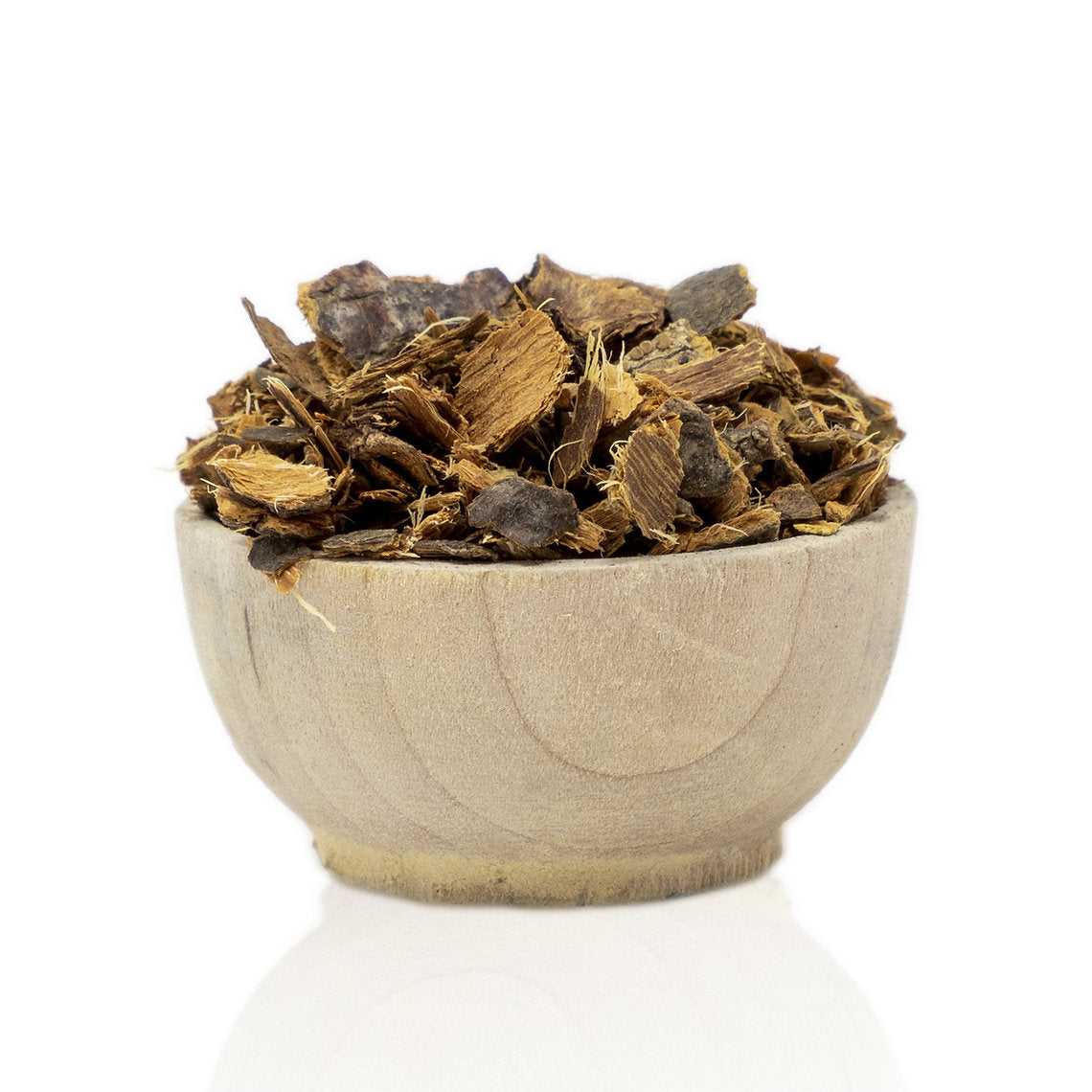
Alder Buckthorn Bark (Rhamnus frangula) organic
Pickup available at eHouse Rishon
Usually ready in 24 hours
Reliable shipping
Flexible returns
Description
Alder Buckthorn Bark (Frangula alnus), also known as glossy buckthorn, is a traditional European dye source that offers a surprising range of shades depending on pH and mordant. Native to Europe and naturalized in North America (where it is considered invasive), this bark has been valued for centuries as a substantial dye.
At 25% WOF, it produces excellent colours, but you can use up to 100% WOF for more intense hues. The dyebath can also be reused several times. Without mordant, it yields strong shades, though mordanting with alum improves lightfastness.
This dye is pH sensitive: in an alkaline bath (pH 10–11) it creates brilliant brick reds with no heat required — simply ferment fibres together with the bark. In an acidic bath, it shifts to golden yellows, while heating above 60°C produces warm cinnamon reds and browns. Alder buckthorn dyes are lightfast on protein fibres but less stable on cellulose.
Our Rhamnus frangula bark is sourced in Europe and is an organic, renewable dye with a CO₂ positive footprint.
Other Uses
Traditionally, alder buckthorn bark (and occasionally its fruit) was also used as a laxative due to its anthraquinone content (3–7%).
Did you know? In German, Faulbaum is the common name for Frangula alnus (alder buckthorn). Literally translated, it means “rotten tree.” The name comes from the fact that when the bark is cut or bruised, it releases an unpleasant, foul odour as it begins to ferment and decay.
Active Dye Compounds Anthraquinones (responsible for yellows, reds, and browns)
CI Number No CI number assigned.
Shading Tips
- Without mordant: on wool: substantial colour, but less lightfast
- With alum mordant: improved lightfastness
- Alkaline bath (pH 10–11): brick reds, no heat needed (fermentation method)
- Acidic bath: golden yellows
- Heated above 60°C: cinnamon reds and browns
- On fibres: lightfast on protein, not reliable on cellulose



